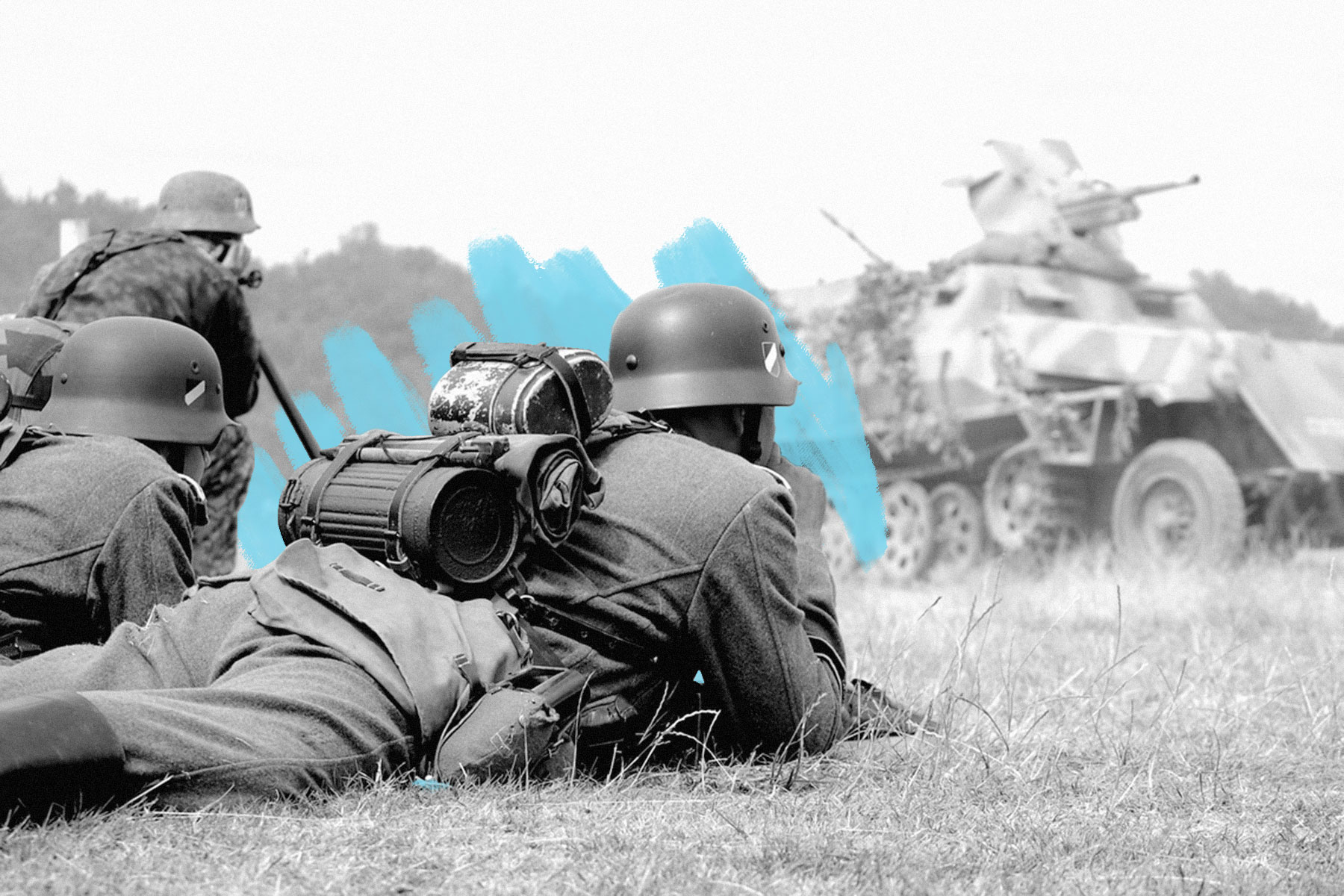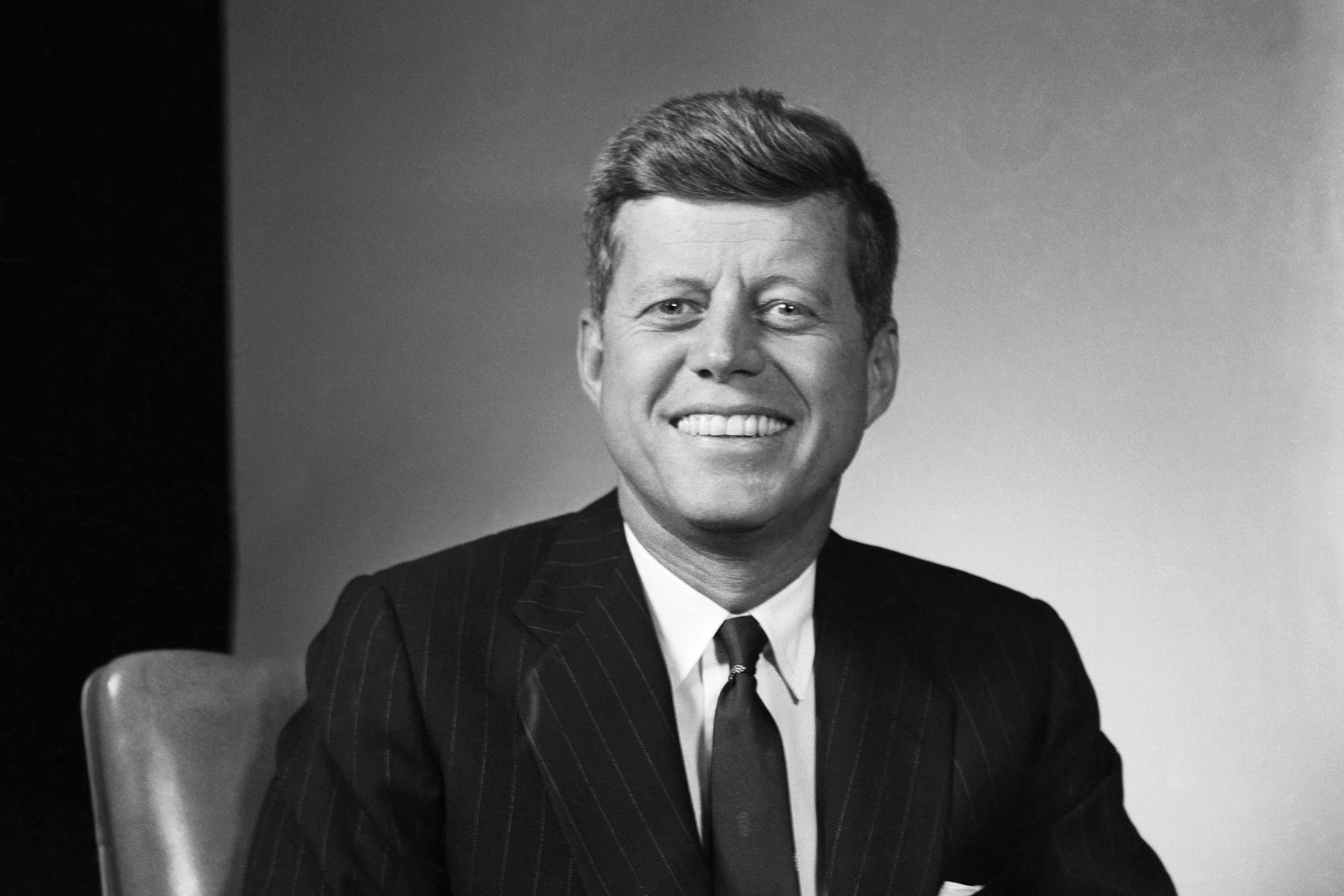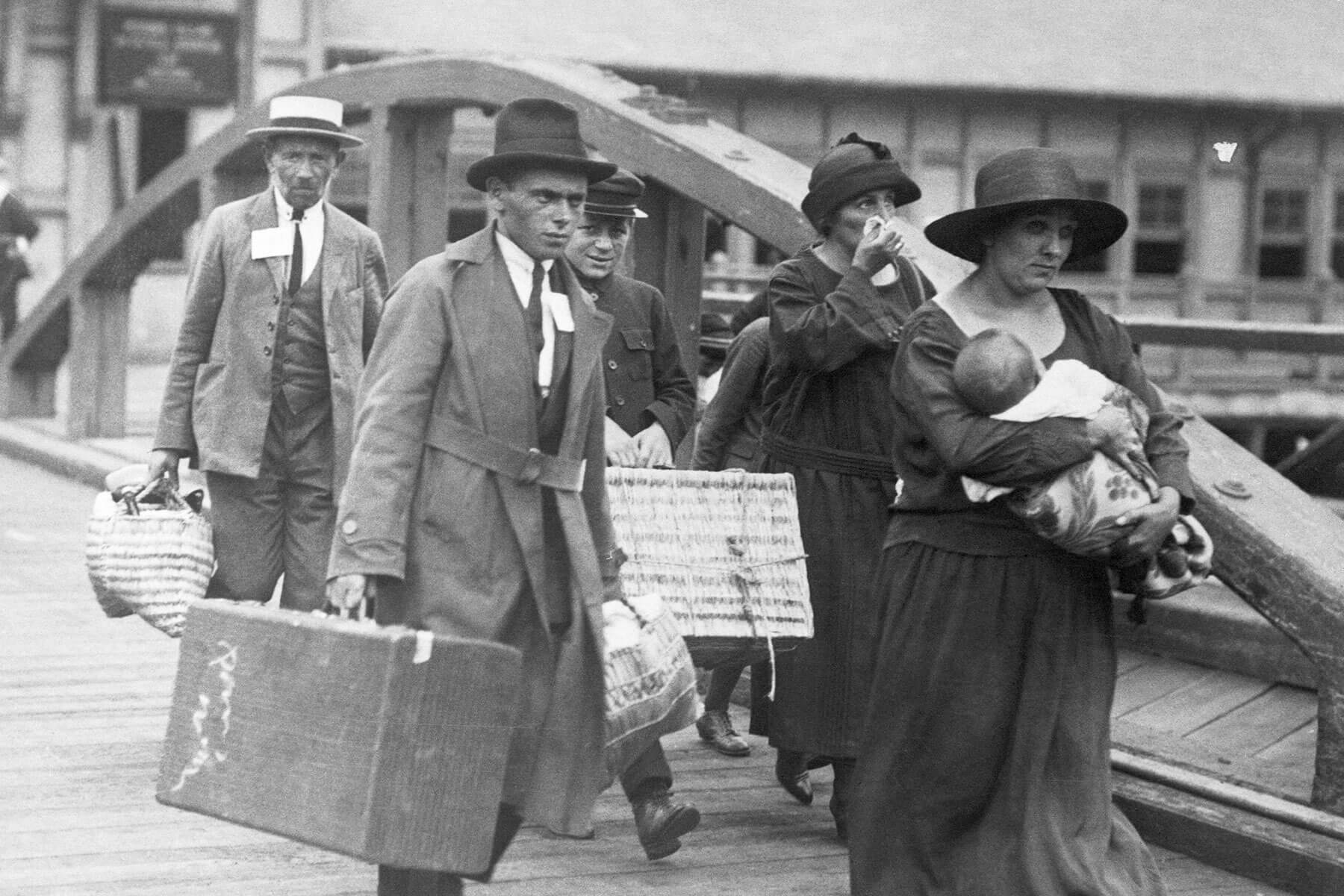The fake army of WWII
Friday, March 8, 2024
At first glance, the base of the U.S. "Ghost Army" would have resembled a movie set, with artists painting dummy airplanes, actors reciting fake radio broadcasts, and soundtracks playing on repeat. |
| |
| |
|
 |
|
| A t first glance, the base of the U.S. "Ghost Army" would have resembled a movie set, with artists painting dummy airplanes, actors reciting fake radio broadcasts, and soundtracks playing on repeat. But this was a real World War II military operation, officially known as the 23rd Headquarters Special Troops. It had one mission: to trick German intelligence by any means necessary. The first of its kind, the 1,100-person covert unit was a mix of artists, radio broadcasters, sound engineers, actors, architects, and, of course, professional soldiers. This special unit staged no fewer than 22 deceptions in some of the most volatile areas of Europe between January 1944 and the end of the war in 1945. |
|
|
| The Ghost Army operated near the front lines. They set up dummy artillery on Omaha Beach following D-Day, erected dozens of fake tanks to inflate troop numbers during sieges, and helped draw German forces away from General George Patton's troops during the Battle of the Bulge. Sometimes, the con artists took their acting talents into local bars and cafés, spouting off inaccurate information for German spies to take back to their commanders. Loudspeaker broadcasts of military drills and rumbling tanks (which could be heard from 15 miles away) gave the illusion of massive numbers of troops. The army's deception skills allowed them to mimic forces of 40,000 men, misleading German intel. By some estimates, these ploys saved the lives of up to 30,000 American troops. However, it wasn't until recently that these heroic efforts were brought to light. Military records of the Ghost Army weren't declassified until the mid-1990s, and it wasn't until 2022 that the 23rd Headquarters Special Troops were awarded the Congressional Gold Medal for their role in the Allied victory. |
|
 |  |
|
| Thank you for supporting our advertisers! |
|
| |
|
 |
|
By the Numbers |
|
| Approximate weight (in pounds) of a WWII-era tank | | | 68,000 |
| | | Average IQ of the Ghost Army's soldiers | | | 119 |
| | | Average IQ of the Ghost Army's soldiers | | | 119 |
|
|
|
| U.S. military aircraft produced during WWII | | | 297,000 |
| | | Ghost Army soldiers who died in WWII | | | 3 |
| | | Ghost Army soldiers who died in WWII | | | 3 |
|
|
|
 |
|
 | | Did you know? |
|
|
A group of Allied POWs escaped by making a "Trojan horse." |
|
| A successful Allied prisoner-of-war escape during World War II was rare. Of the 170,000 POWs from the U.K., fewer than 1,200 escaped German camps. Three of these escapees were British officers Oliver Philpot, Eric Williams, and Michael Codner, who became famous after their "Wooden Horse" escape from Stalag Luft III (a Nazi-run POW camp in Poland) in 1943. Their disguise wasn't as grand as the mythologized horse from Greek legend, but it worked all the same. They used a wooden vaulting horse (for gymnastics) placed alongside a perimeter fence to hide their tunnel. Two men hid inside the vault and dug all day until it was time to remove the vault and cover the entrance to the hole. Incredibly, the plan worked, and the trio escaped under the fence and made their way to neutral Sweden, surviving the journey using maps, a compass, and forged papers. A few years later, the heroic story was recounted in the 1949 book and subsequent 1950 film The Wooden Horse. |
|
| Thank you for supporting our advertisers! |
|
| |


posted by June Lesley at 4:01 AM










![]()
![]()






0 Comments:
Post a Comment
<< Home